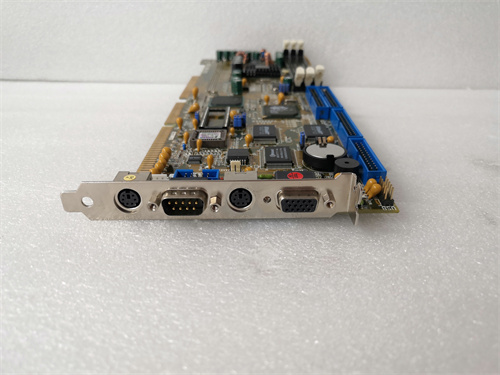Model NO.
according your require
Transport Package
Standard Wooden Case
Origin
Yongkang, Zhejiang, China
Main characteristics:
1. Suitable for rod heating of steel, cooper, bronze and aluminum.
2. Portable and light weight, easily installed beside any pressing equipment.
3. Installation and operation can be very easily to use.
4. The rod can be rapidly heated to forging temperature to reduce the oxidtion of the rod furnace and to raise the quality of the parts.
5. with a very large range of frequency adaptable the rod larger than 15mm can be heated. More rapidly and more evenly.
6. Designed to work continuously everyday.
7. Pneumatic rod feeding.
8. High efficiency, saving energy and cost.
9. Easy to change heating coil to heat rods of different size.
10. No preheating required just start the machine and can heat the components to a temperature of 1350 Degree Centigrade.
Application:
A. Heating (hot forging, hot fitting and smelting):
1 Hot forging aims to fabricate the work pieces of certain temperature (different materials require different temperatures) into other shapes through forging press with the help of punch press, forging machine or other equipments, for instances, hot extrusion of watch case, watch flan, handle, mold accessory, kitchen and table ware, art ware, standard part, fastener, fabricated mechanical part, bronze lock, rivet, steel pin and pin.
2. Hot fitting refers to the connection of different metals or metals with nonmetals through the heating based on the principle of hot expansion or hot smelting, for instances, embedded welding of copper core of computer radiator with aluminum sheet and speaker web, compound of steel and plastic tube, sealing of aluminum foil (tooth paste peel), motor rotor and sealing of tubular electric heating element.
3. Smelting mainly aims to melt the metal into liquid by using the high temperature, which is mainly applicable to the smelting of iron, steel, copper, aluminum, zinc as well as various noble metals.
B. Heat Treatment (surface quench):
It is mainly aims to change the rigidity of the metal materials through the heat treatment to work pieces. Detail applications are stated as follows:
1. Quench for various hardware and tools, such as plier, wrench, hammer, ax, screwing tools and shear (orchard shear).
2.Quench for various automobile and motorcycle fittings, such as crankshaft, connecting rod, piston pin, chain wheel, aluminum wheel, valve, rock arm shaft, semi drive shaft, small shaft and fork.
3. Various electric tools, such as gear and axes.
4. Quench for machine tools, such as lathe deck and guide rail.
5. Quench for various hardware metal parts and machined parts, such as shaft, gear (chain wheel), cam, chuck and clamp etc.
6. Quench for hardware molds, such as small-size mold, mold accessory and inner hole of mold.
C. Welding (braze welding, silver soldering and brazing)
It mainly aims to melt the solder by heating it to a certain temperature for the purpose of connecting two types of metals of the same material or different materials.
1. Welding of various hardware cutting tools, such as diamond tool, abrasive tool, drilling tool, alloy saw blade, hard alloy cutter, milling cutter, reamer, planning tool and solid center bit. 2. Welding of various hardware mechanical gadget: Silver soldering and brazing of metals of the same variety or different varieties, such as hardware toilet and kitchen products, refrigerating copper fitting, lamp decoration fitting, precision mold fitting, hardware handle, eggbeater, alloy steel and steel, steel and copper as well as copper and copper.
D. Annealing (tempering and modulation):
1. Annealing of various stainless steel products, such as stainless steel basin, annealed and extruded can, annealed folded edge, annealed sink, stainless steel tube, tableware and cup.
2. Annealing of various other metal work pieces, such as golf ball head, cue, brass lock, hardware copper fitting, kitchen knife handle, blade, aluminum pan, aluminum pail, aluminum radiator and various aluminum products.















